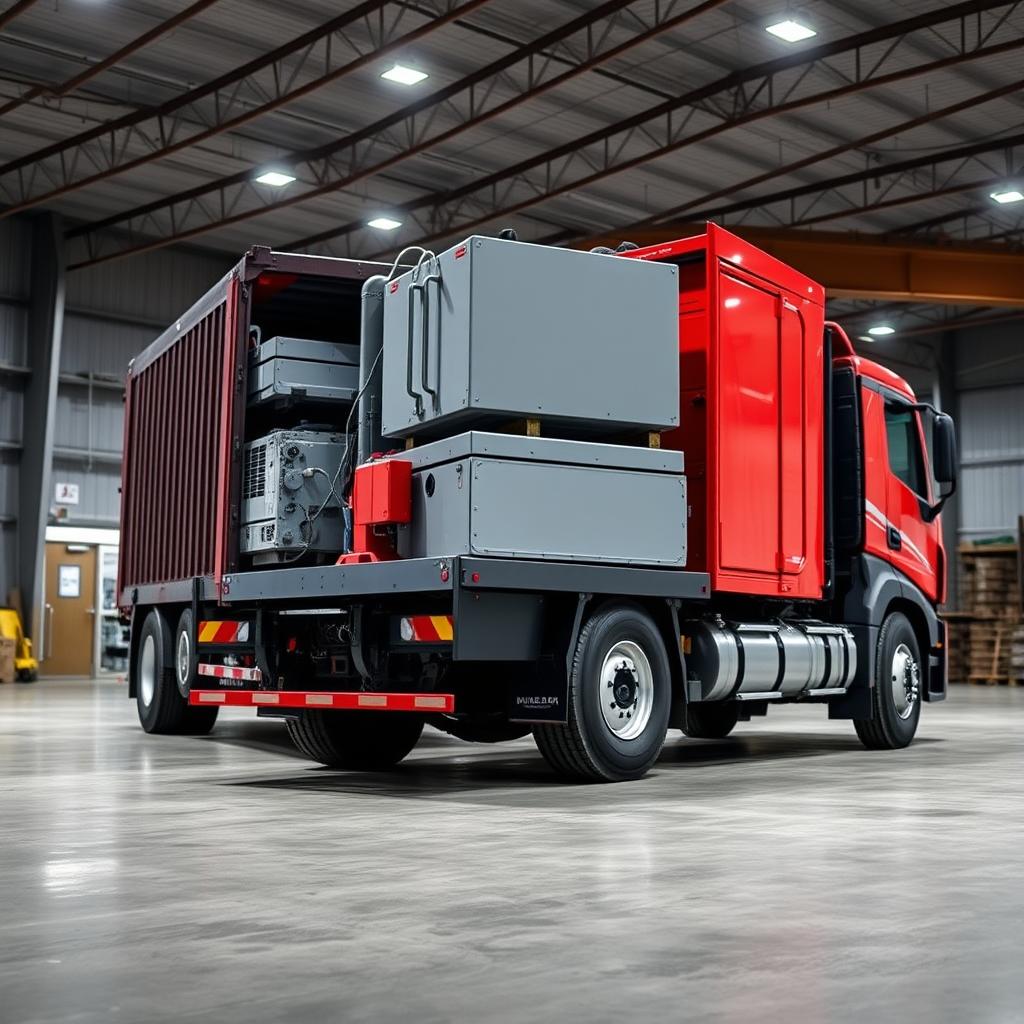Welcome to our deep dive into optimizing load capacity! Whether you’re a business owner looking to maximize your shipping efficiency or a DIY enthusiast weighing options for your next personal project, understanding the intricacies of load capacity can significantly enhance your results. In this blog, we’ll explore 10 effective techniques that can take your load capacity optimization to the next level. Let’s get started!
1. Understanding Load Capacity
First things first, what do we mean by load capacity? In simple terms, load capacity refers to the maximum weight or force that an object, vehicle, or structure can safely support. It’s essential to know how to determine your load capacity accurately, as overloading can lead to serious safety hazards and damage.
Why is Load Capacity Important?
- Safety: Overloading can lead to catastrophic failures.
- Efficiency: Optimizing load capacity can increase productivity.
- Cost-effectiveness: Reducing empty space can save money.
2. Calculating Load Capacity Accurately
To implement effective optimization techniques, you first need to calculate the load capacity correctly. Here are steps to follow:
- Identify the structure or vehicle you’re examining.
- Find the manufacturer’s specifications or guidelines if available.
- Use the following formula: Load Capacity = Maximum Weight – Weight of the Object.
Being precise here is crucial, as incorrect calculations can lead to serious risks. Always ensure you account for dynamic loads (forces in motion) as well as static loads (stationary forces).
3. Consider the Materials Used
Different materials offer varying levels of strength and flexibility. Understanding the materials at your disposal is fundamental in optimizing load capacity.
- Steel: Known for its high tensile strength, ideal for heavy-duty projects.
- Aluminum: Lightweight but less strong than steel, making it suitable for applications where weight matters.
- Composite materials: Often used for their extraordinary strength-to-weight ratio.
4. Regular Maintenance and Inspection
Routine maintenance of your equipment and structures is necessary for ensuring optimal load capacity. Here’s a simple checklist:
- Visual inspections: Check for cracks, warping, or signs of wear and tear.
- Lubrication: Regularly lubricate moving parts to prevent friction-related damages.
- Load Tests: Conduct periodic load tests, especially for older structures.
5. Utilize Load Distribution Techniques
A critical part of optimizing load capacity involves effective load distribution. An uneven distribution can lead to excessive stress on certain parts, risking structural failure. Here are some easy strategies to achieve better load distribution:
- Use a level loading surface.
- Distribute weight evenly across the available space.
- Opt for load-lifting equipment like forklifts to handle heavy loads better.
6. Incorporating Technology
Technology can vastly improve how you manage and optimize load capacities. Here’s how:
- Load Monitoring Systems: Sensors can alert you before reaching max load limits.
- Software Solutions: Load management software helps analyze data for better decisions.
- Telematics: Using GPS and sensors to monitor the load during transportation can prevent issues before they arise.
7. Training Your Team
Even the most efficient systems can fail without proper training. Ensure your team understands the importance of load capacity and how to manage it effectively. Here are a few training tips:
- Regular workshops: Keep your team updated on best practices.
- Hands-on training: Provide opportunities for practical application.
- Promote safety awareness: Educate about the risks associated with overloading.
8. Consult Experts as Needed
When in doubt, enlist the help of professionals. Consulting with engineers, structural experts, or logistics managers can provide insights tailored to your unique situation. They can help identify optimization opportunities and offer strategies that may not be obvious.
9. Continuous Improvement through Feedback
Optimize your approach by continually seeking feedback. Here are ways to foster a culture of improvement:
- Encourage reporting: Allow employees to report issues or suggestions without fear.
- Analyze data: Use metrics to determine what works and what needs improvement.
- Adjust practices: Be flexible and willing to adapt to changing needs or circumstances.
10. Health and Safety Regulations
Always ensure that your optimization strategies comply with local and international regulations. Understanding the laws that govern load capacity can save you from legal hassles and improve your workplace safety. Let’s consider some key aspects:
- OSHA Guidelines: Familiarize yourself with Occupational Safety and Health Administration (OSHA) regulations in your region.
- Industry Standards: Review regulations that are pertinent to your specific industry.
- Documentation: Keep accurate records to show compliance and educate your team.
Conclusion
To sum up, optimizing load capacity isn’t just about increasing efficiency; it’s about ensuring safety, enhancing productivity, and ultimately saving costs. From accurate calculations to regular trainings and technology integration, each technique plays a vital role in your overall strategy.
We hope this guide provides you with valuable insights and practical strategies to implement in your own load capacity endeavors. Remember, if you ever feel uncertain, don’t hesitate to consult experts and gather feedback from your team. Here’s to safe and successful load optimization!
If you have any questions or want to share your experiences, feel free to drop a comment below. Happy optimizing!







